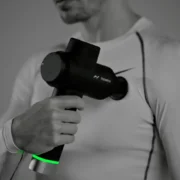The Future of Fitness Tech Is 3D, Says Fit:match
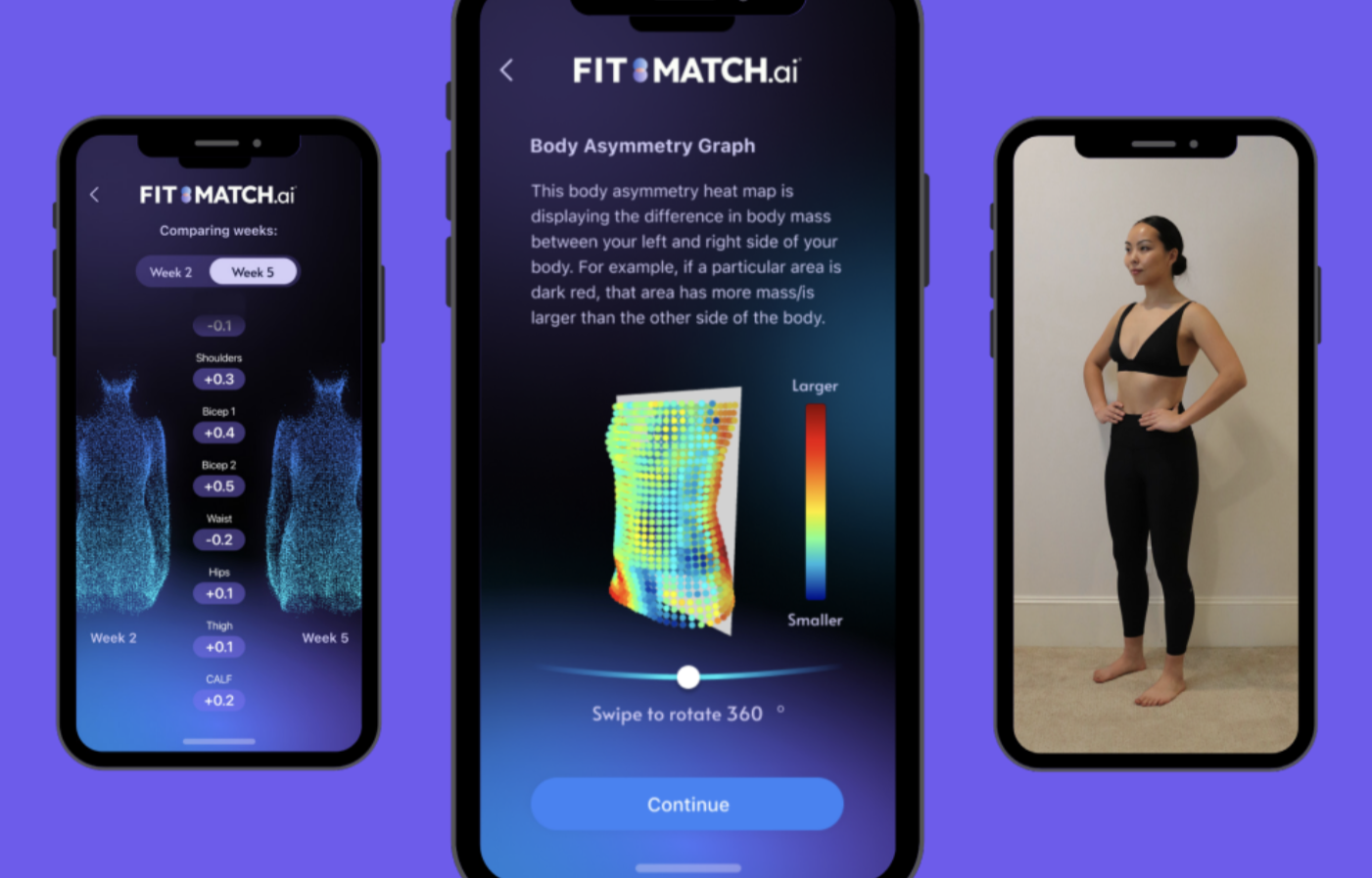
Originally created for the fashion and retail space, Fit:match sees a massive opportunity to bring 3D body scanning to the fitness industry
As the demand for personal health and fitness data increases, gyms, trainers and studios need to keep their tech offerings sharp.
Consumers are becoming more and more discerning – craving a hyper-personalized and comprehensive understanding of their bodies. For many, no longer is the Apple Watch, Garmin or other such wearable enough.
The stage is set and the time is right for advanced technology to fill this widening gap, and Fit:match is offering a solution – 3D Body Scanning.
Having launched in the fashion and retail space in 2018, Fit:match is democratizing access to 3D technology, and bringing it to the fitness industry. The company, which has raised $15 million since its founding, offers a patented platform solution that uses augmented reality (AR), artificial intelligence (AI) and 3D technology to allow fitness pros and trainers to obtain and analyze comparative data and insights on the 3D shape of users.
This paradigm shift unlocks a whole new way for us to gain insights into our bodies, allowing for visualization versus simply data and numbers.
Creating a ‘Digital Twin’
“Fit:match creates a digital twin of a person’s size and shape – their physique – which has not been available to the masses until now,” according to the company’s marketing director Hillary Littleton. “This opens the door for fitness enthusiasts and athletes to literally look at their body composition, fat and muscle mass, asymmetries and more, which in turn unveils limitless opportunities for trainers and gyms. Imagine being able to show a client who is on a weight loss journey their progress in this way.”
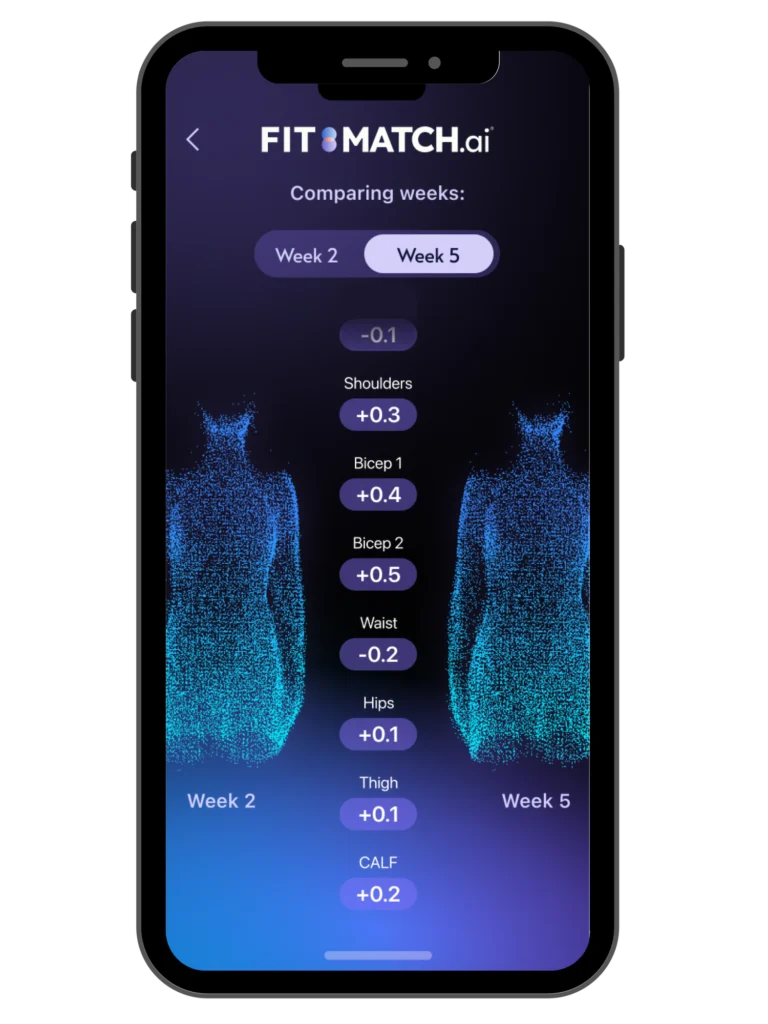
The impetus behind the tech makes for an interesting backstory. In working with clothing retailers to scale their businesses, Fit:match founder and CEO Haniff Brown realized the operational and financial issues the industry faces due to returns – which largely stem from consumer confusion around their own size and shape.
“A 3D problem can only be solved by a 3D solution,” said Brown. “It is proven that two people with similar measurements can have a different body shape that results in different recommendations. By understanding a consumer’s specific body shape, we can accurately determine recommendations and personalize the experience.”
Fit:match says this approach is translating well to the fitness industry.
“We ventured into the fitness space originally through a partnership with (running brand) Brooks,” explained Littleton. “We held an in-person event in LA offering consumers the 3D Body Scanning in correlation with Brooks apparel. The consumers ate it up and wanted more of this type of data and visualization to help with their fitness tracking.”
“We also took the technology to IHRSA this year where it was very well received,” she added. “Gyms are excited to bring this innovation to their members, and we have several pop-ups planned this summer to give gyms an exclusive chance to look under the hood and try it out.”
When asked how Fit:match is different than other body scanning solutions on the market today, Littleton points to two things.
“First, it offers a 3D visual while the others offer data and numbers,” she said. “Second, the scan can be done on an iPhone Pro or Pro Max in the comfort of one’s home, versus going into a gym or studio and standing on the platform – potentially in front of others – for the scan.”
Consumer Interest Is High
Fit:match recently released a new survey of fitness enthusiasts and athletes regarding their interest level in 3D Body Scanning and how they might use this type of data.
The survey revealed that 58.1 percent of those polled said they want to learn how varying a training routine can impact body shape, while 45.3 percent were looking to optimize performance and understand strengths and weaknesses to tailor training plans, identify limiting factors, and maximize workout efficiency and see how it affects body shape.
“It is exactly this sort of data that Fit:match provides,” said Littleton, “What also stood out is that 41.9% of users want actionable recommendations on what to do with these insights, which leads us to believe that integrations with gyms, trainers, and nutritional platforms represent huge opportunity.”
Fit:match has a competitive edge in the market as it uses LiDAR (Light Detection and Ranging) technology, which uses lasers to capture 3D shapes with precision and accuracy, providing a more detailed representation of the human body than traditional 2D methods can offer. LiDAR tech is available on the iPhone Pro and the iPhone Pro Max.
“We want to get Fit:match in the hands of iPhone users around the world, said Littleton.
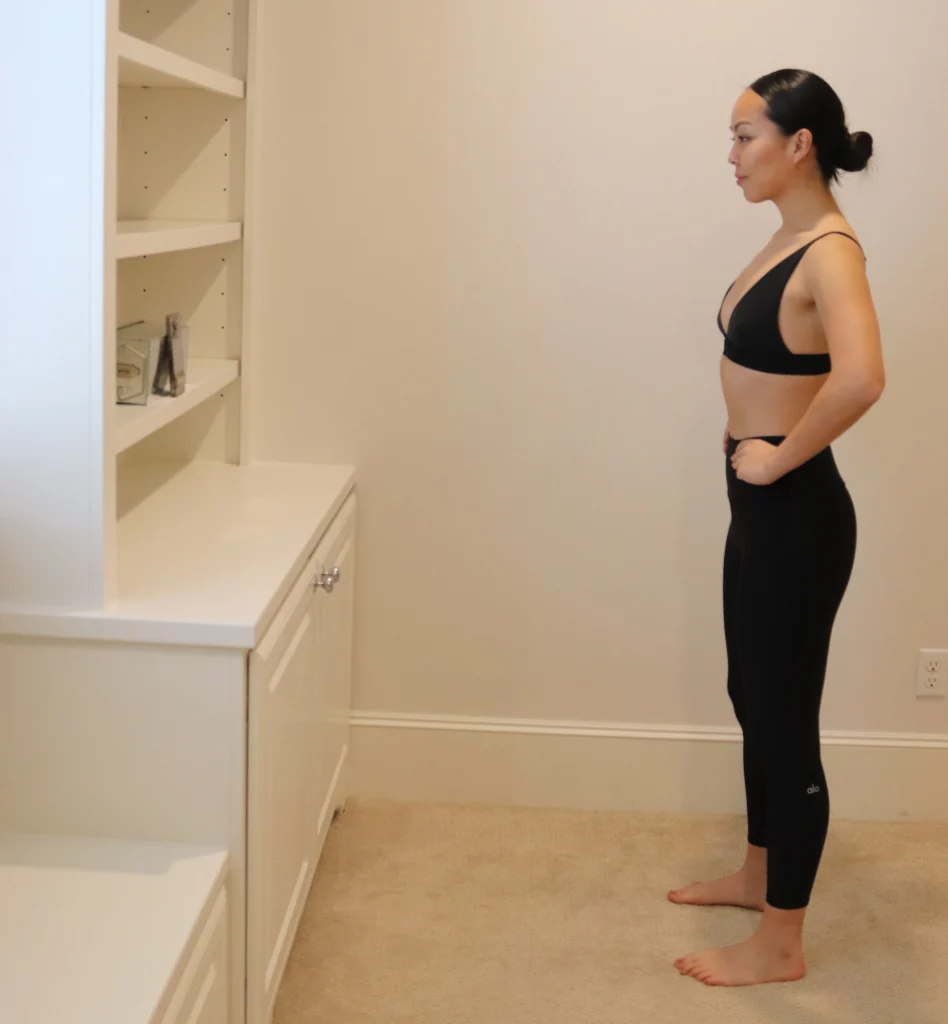
There is also a scanner activation that can be built out in gyms that scans the body in one second, compared to the twenty seconds it takes on the iPhone.
Shaping Training Plans Around Physique
How exactly does Fit:match expect consumers to use Body Scanning data to impact their training and their lives?
From the survey, Fit:match heard several things.
First, says Littleton, people who are on a body transformation journey want to visually see progress.
“The mirror is not always the best place for this,” she said. “When a trainer can point to a true-to-life scan and heat maps, that visually show changes, that’s a very powerful thing.”
Further, the technology can also show how the body would appear x pounds lighter, or with x pounds more muscle.
Survey responses also indicate a desire for posture analysis to identify and correct imbalances through 3D skeletal tracking.
Rehab from injury is another area of interest.
“Scans immediately identify asymmetries in the body, and those rehabbing from injury can benefit greatly from adjusting PT and training regimens accordingly,” said Littleton.
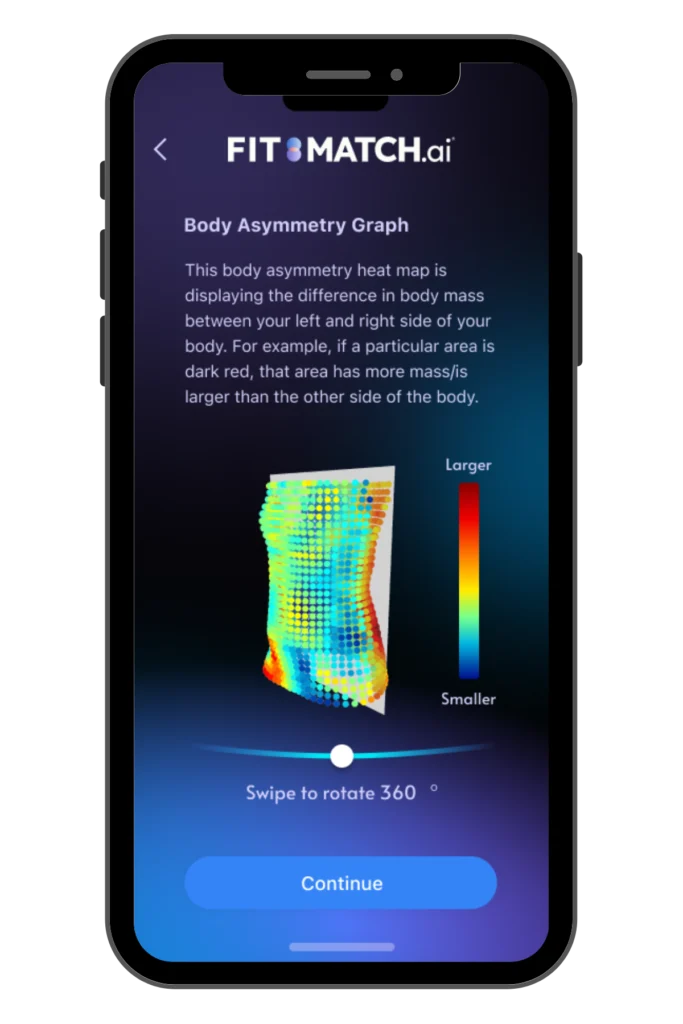
How might this technology impact gyms and trainers?
“Providing hyper-personalized data that’s different from the gym next door will win,” said Littleton. “Further, you’ll be the gym that facilitates the best results for members because trainers can be more precise in delivering personalized plans.”
Having this kind of data will serve gyms well by offering deeper member insights to better serve their clientele. On a macro level, gyms can use the information to track trends and member needs and wants to inform decisions, Littleton notes.
“If a member is working out daily and scanning on Fit:match and you see they are meeting their goals, you can provide praise, upsell them, offer discounts on merchandise and more,” she said.

